Fertilizer comes in many forms, depending on your gardening outlook.
If you’re super conventional, it comes in a nasty smelling, chemically-derived, pellet-filled plastic bag emblazoned with the 3-figure NPK ratio of your choosing. What’s it made of? Where did it come from? How was it made? What does it do the soil in the long run? These don’t concern you. Rip open bag. Sprinkle. Done.
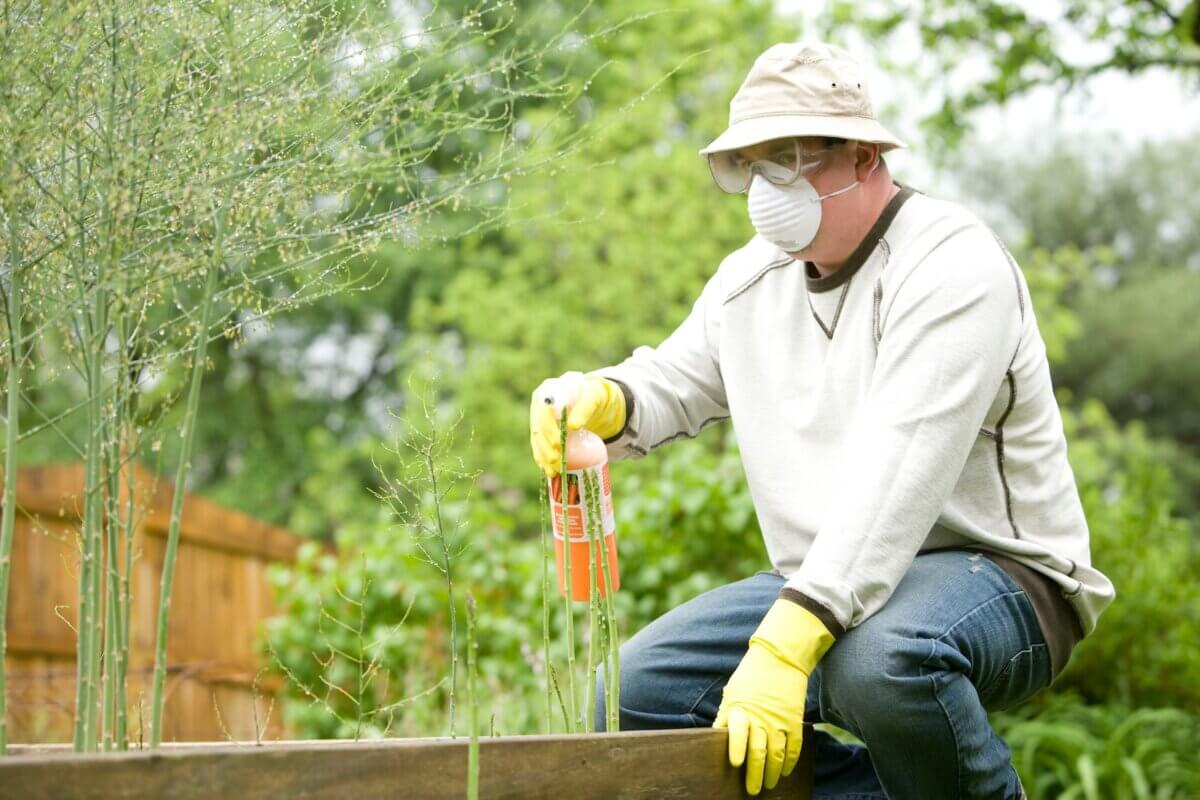
If you’re an organic farmer, perhaps you use a plastic bag full of granulated pellets that claims to derive from more natural sources such as fish waste, bone meal, or “proprietary blends of nutrients.” Still sounds sketchy, but the label says organic, so at least it’s not chemical-based. You may not think beyond that.
If you’re a thrifty homesteader, however, you may see through the plastic packaged pellet propaganda and know that excellent fertilizer can come from knowable materials that you can personally source. You may not know the exact NPK ratio of your kitchen compost, manure, eggshells, coffee grounds, or leaf mold, but you know it’s good for the soil, doesn’t generate plastic waste, and for goodness sake, doesn’t smell like that awful fertilizer aisle at the garden store. Judging by the large number of articles we have on homemade fertilizer, I think you can guess what camp Insteading falls into.
If you’re an adventurous, freethinking sort, you may know that there are more sources of land fertility. The material your body produces is (or could be) part of the nutrient cycle — as it was for thousands of year before industrialization turned our flushings into a salable material. To venture into this territory, you’re going to have to contend with some inherited preconceptions and cultural not-so-norms. Are you willing to consider human urine as fertilizer? Let me make a case for it, I’ll do my best to make it worth your while.
The History of Using Urine As Fertilizer
Urine as fertilizer? Is that some new, unorthodox hippy-dippy idea?
Urine has been a source of fertility since antiquity and has a much, much longer history of use than anything that comes in a plastic bag from the garden store. Before municipal sewers were integrated into the backbone of cities, there were more direct ways of dealing with the daily doings of the world’s population.
National Geographic says that the documented practice of diverting urine for fertilizer use goes as far back as 1867, but the tradition of using human waste for soil fertility goes further back. F. H. King’s 1911 book Farmers of Forty Centuries relates the centuries-old practice of scrupulously collecting fertility from human sources to maintain food production in China, Japan, and Korea. There are even records of a 1724 dispute between two villages in Osaka, Japan. The fight wasn’t over where to dump the “night soil” of the villages, but rather, who had the rights to claim the precious resource.
I could go on, but I hope you are starting to see the point. Though we have a visceral reaction of disgust in the modern era, human waste was valued as soil-enriching for the vast majority of history. We’ve only recently forgotten it — to the detriment of our land and waterway’s health.
“But sewers and the resulting sanitation greatly improved the health of urban populations” you may contest. I absolutely agree. But that’s because folks in the pre-industrial society of the west were literally dumping their waste into the streets and rivers, rather than outhouses, privies, or the older, agricultural method of dealing with waste where it was carefully collected, not discarded. The outbreaks of cholera and polio so prevalent in those unsanitary times were due to polluted municipal waterways caused by extravagantly wasteful waste handling. Modernization made people get sloppy rather than responsible with their waste.
Now, sewers may have cleaned up the streets, but they also created a stigmatization of human waste that will have the majority of the first world saying “gross” at the thought, and then quickly changing the topic.
Is Urine Fertilizer Safe?

“… urine from healthy individuals is virtually sterile, free of bacteria or viruses.” The key to that sentence is “virtually” sterile. Though there are bacteria present in urine, I’ll let you know there’s bacteria pretty much everywhere in your world (unless you live in an autoclave, in which case you’ve got other issues to deal with). Bacteria in the soil. Bacteria on the plants you grow in the soil. Bacteria in every single bag of fertilizer you would have bought at the store. The small amount of detectable bacteria in a healthy person’s urine is negligible, on the worry scale. Several Swedish research institutions have dedicated their work to understanding and safely using urine on grain crops. Furthermore, if you use your own pee, you’re only exposing yourself to bacteria that are already present in your body.
Of course, if you are currently in the midst of a bladder or urinary tract infection, it’s obvious that your urine is going to be contaminated with an elevated bacteria to some degree. Get through the infection and heal up before you begin collecting your “liquid gold” again.
The other caveat in this discussion is necessarily connected to how many pharmaceuticals are in your body. If you are currently undergoing chemotherapy, or if you are on some sort of medication, your urine is likely compromised with chemicals that you don’t want in your garden soil. Pharmaceuticals can’t break down, which is one of the biggest setbacks when it comes to plans for large-scale pee collection.
That said, here are some general, good-sense guidelines from Caroline Shönning, Swedish Institute of Infectious Disease Control, on how to safely use urine for household fertilizing.
- Store urine for six months before use to deactivate any potential pathogens (more on that later). Most can’t survive outside the body that long. Pathogens can also be inactivated through composting, heat, or adding high alkaline materials such as wood ash.
- Allow one month to pass after urine fertilization before eating raw crops (such as lettuce or radishes).
- Apply urine directly to the soil, not the plants.
What Is the NPK Ratio of Urine?
I find this question a bit frustrating, as if a sequence of three numbers could possibly explain the fertility potential of any organic fertilizer. Urine, as well as leaf mold, wood ash, homemade compost, chicken manure, and any other home-collected material you might harvest for garden fertility, is not a perfectly predictable, assembly line created material
So all that said, “the NPK ratio of human urine varies with diet and each person has a unique profile within that but roughly speaking, an average westerner will produce urine with the proportions at 11:2:4.” That’s a whole lot of nitrogen and potassium! Left to pollute waterways when wastewater is handled recklessly, those high levels of nutrients wreak havoc with algae blooms. But when handled carefully, those sought-after nutrients are exactly what the garden needs … and in a locally harvested, sustainably sourced, package free and organically-created way at that.
How Do I Collect and Use Urine As Fertilizer?
Rethink
The first step to reclaiming urine as the nutrient-rich soil amendment it used to be is to change your perspective on what urine is in the first place. We’ve all inherited the preconceived notions that pee is gross, and better off being flushed to oblivion where the experts will “deal with it.” Out of sight, out of mind.

This wasteful waste of waste, leads us into the territory where chemically-created fertilizers are king. Where we use clean, potable water to flush away nutrients (double resource loss) and waterways are abused. If you’re willing to rethink your role in the nutrient cycle and break dependence on flush-it-and-forget-it waste management, you’re well on your way to using urine as fertilizer.
Collect
We all pee, so finding urine to collect shouldn’t be too hard a task. “For a healthy person, the normal urinary output per day is anywhere between 500 to 2000 mL per day assuming that person’s normal intake of fluids is around 2 liters.” If you produce roughly 1000mL of urine a day, that’ll give you almost 100 personally produced gallons of pee in a year.
If you’re really serious about using your urine, you can invest in a urine-diverting toilet (or make your own). In lieu of having a fancy setup, a cup, funnel, and reused plastic gallon container can work fine. Just don’t leave it where visitors will see it.
Store
From the resources I’ve read, the consensus is mixed on when exactly to use urine. Some experts, as referenced above, recommend a 6-month storage period to deactivate pathogens. It’ll need to be some sort of closed container. If the urine is allowed to evaporate, much of the beneficial nitrogen will go back into the atmosphere (not to mention, it’s kind of stinky, too). That stinky smell is the pee breaking down into ammonia, which makes it a better addition to the compost pile, and a little too strong to apply directly to the garden.
Other resources recommend using urine within 24 hours of production. In this homesteader’s opinion, immediate and diluted use is best, but might not always be practical. If you can’t use it within a day or so, store it in a small container (a recycled milk jug can work) and use it when the jug is full — I doubt any gardener wants a huge, gleaming collection of yellowish gallon jars hanging around.
Compost
One way to “grow away” (rather than throw away) urine is to add it to a compost pile. It will make cardboard, leaves, dried grasses, bark, and many other slow-composting “browns” break down much faster. This is not ideal for a kitchen compost pile, however. Those “greens” are already quite high in nitrogen.
Another way to compost urine is to apply fresh urine directly to a straw bale. After six months to a year, the straw will have rotted almost entirely, making it an excellent garden amendment.
Dilute
Urine is high in nitrogen, and most western diets are very high in salts, so straight application of urine to food plants will overwhelm them quickly. Instead, dilute it with water (or greywater) at a ratio of 8 parts water to 1 part urine (young plants may need as gentle as a 15:1 dilution). Alternatively, plants mulched with at least 3 inches of woodchips or leaf mulch may be able to handle undiluted urine, but use the direct route with caution, and dilute if the plants begin to look stressed.
One way to dilute urine and recycle greywater is to mix the two and use their combined, nitrogen rich, carbon-tempered might to fertilize a food plot. Ecowaters Projects has come up with plans for what they call a washwater garden, where you can integrate this system into your home. I haven’t been able to find these plans online, but they are referenced in Carol Steinfeld’s 2004 Liquid Gold book, which you can find in the references below. If any readers can direct me to a place where those plans are hosted, I’d be grateful.
Ecowaters Projects also has designs online for a compost toilet system featuring urine diversion.
Apply

Experimenters, inventors, and freethinkers the world over have come up with a dizzying array of ways to apply diluted urine, or to simultaneously apply/dilute urine onto the soil for growing food. The most basic way, as shown by the photo above, is to dip a cup into the diluted mix and carefully apply to every plant.
That said, this realm is open for innovation. Just because you haven’t been given the plans for how to fertilize your plants doesn’t mean you can’t come up with a better way.

However you do it, it’s important to remember that urine — like most fertilizers — is best when applied where it’s needed, straight to the soil. Don’t use it as a foliar spray, and don’t slosh it recklessly over your lettuce plants.
Results of Using Urine As Fertilizer

I see good results in my own plantings, but you don’t have to take my word for it. I’ll offer up this collection of five studies and experiments from around the world as rock-solid proof that urine fertilizer is as — or more — effective than chemically derived fertilizers (and there’s a whole lot more to find for those interested).
- Wood Ash and Urine Make Better Tomatoes
- Urine Makes Better Cabbages
- Urine Used to Fertilize Millet
- Beets
- Amaranth Production
In addition to the obvious benefits for the garden, there are also the not so obvious economic benefits for small time gardeners. Urine doesn’t need to be purchased from a Big Ag or petrochemical company — it can come straight from the gardeners themselves. This gives some fertility sovereignty to gardeners around the world, regardless of their wealth or status or the state of their local economy. Furthermore, if urine was diverted to growing food rather than being shipped off to wastewater treatment plants, the energy, potable water, and resources used to process it would be used for something else; lightening the demand put on several elements of our infrastructure.
Of course, free urine as fertilizer doesn’t make the bigwig fat cat elites any money, which is probably why you don’t hear all that much about it.
What Plants Do Best With Urine Fertilizer?

Not all plants have the same nutrient requirements, and therefore, not all plants will perform at their best when fertilized with urine. Remember urine’s NPK ratio? It’s mostly nitrogen, which creates lush, green, leafy growth. That means, nitrogen-hungry plants like corn, spinach, Swiss chard, and kale will do well. Other plants that we don’t grow solely for their green leaves (like carrots) may put all their energy into huge, luscious foliage, rather than tasty fruit or roots, resulting in a disappointing harvest. Furthermore, legumes that fix environmental nitrogen in the soil (like beans and peas) won’t benefit from having more added to their world.
All that said, peruse this list of ideal urine fertilized plants.
- Basil (dilute 10 to 1 till one month old)
- Cabbage
- Celery
- Corn
- Cucumber
- Eggplant (dilute 10 to 1 till one month old)
- Garlic
- Leafy greens
- Onions
- Parsley
- Peppers
- Potatoes
- Squash
- Tomatoes
- Bananas
- Citrus
- Grapes
- Melons
- Pineapple
- Alfalfa
- Barley
- Millet
- Sorghum
- Wheat
- Radishes
- Spinach
Have I convinced any of you? Do you use urine as fertilizer already? This is a safe place to discuss the topic — no judgment or gross-outs here. Sound off in the comments below, and let us know about your triumphs and failed experiments keeping the nutrients you naturally produce on the land where they can work for you.
Further Resources
- Liquid Gold by Carol Steinfeld
- https://www.theguardian.com/society/2020/jan/22/study-gives-green-light-to-use-of-urine-as-crop-fertiliser
- https://www.sciencealert.com/researchers-tested-large-scale-use-of-human-pee-as-fertilizer-and-here-s-what-happened
- https://morningchores.com/urine-as-fertilizer/
- https://www.nationalgeographic.com/history/article/140202-peecycling-urine-human-waste-compost-fertilizer
- https://modernfarmer.com/2014/01/human-pee-proven-fertilizer-future/
- https://www.lowimpact.org/posts/taking-the-pee




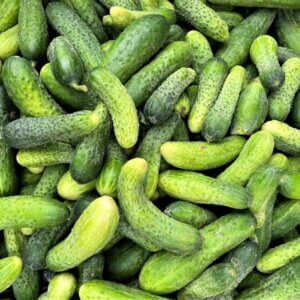


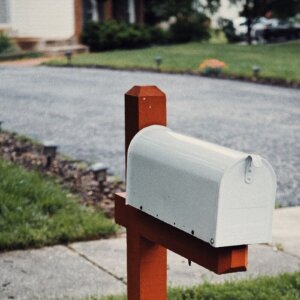

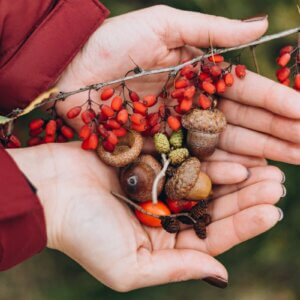


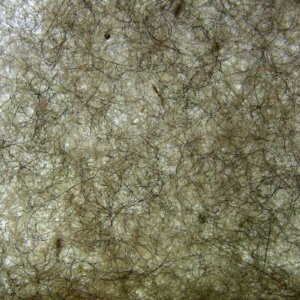

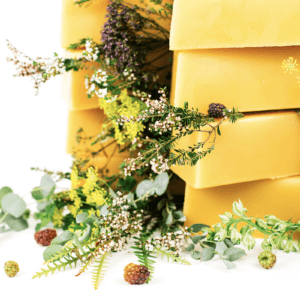
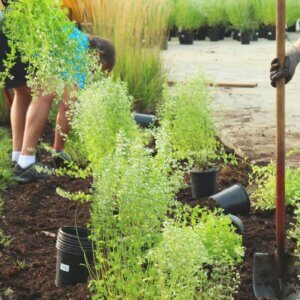

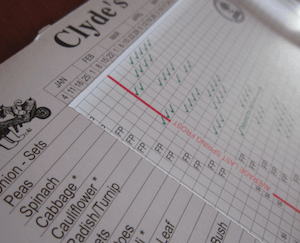
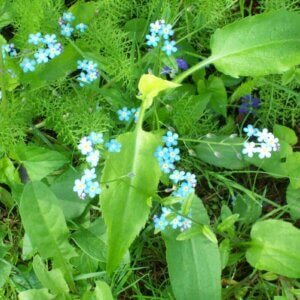





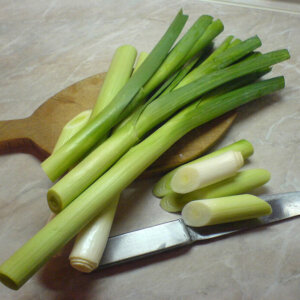
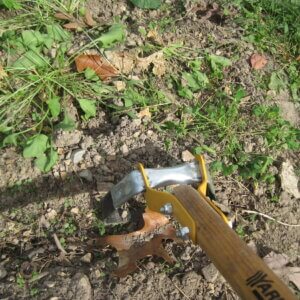

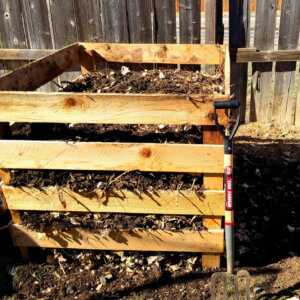


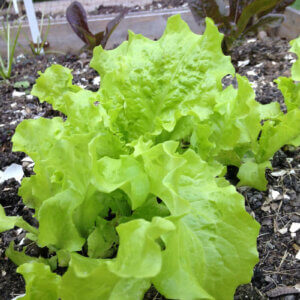






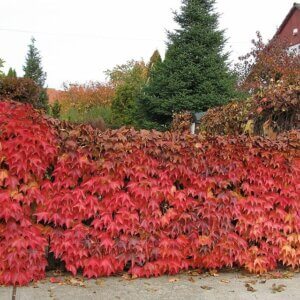
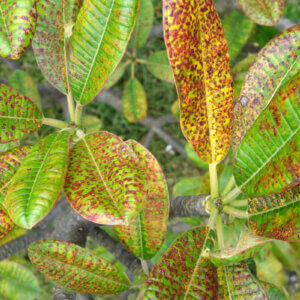

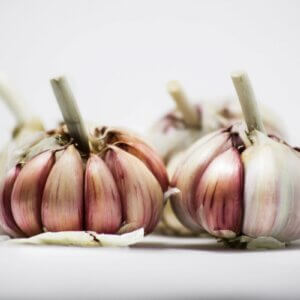


We have a five gallon bucket with a water reservoir in the bottom near the back door of our rural cabin that holds a pitaya (dragon fruit) plant. When I think of it I pee in the reservoir. That and egg shells are the only nutrients we’ve given the pitaya. The plant has grown over a foot in just the past 3 months.
I discovered your site today! Lots of great information on here and I love that you can included references.
I have Lots of friends who are also getting back to our roots and trying to become more self-sufficient. My friend Lori has created a learning farm.
https://jordancreek.farm/
My husband and I are Growing our first garden this year and will rely heavily on advice to help it grow. Thank you for this website!
I came across your site today, while researching to see if using urine as a fertilizer was safe. Your about my 4 site I’ve read & some say dilute, some say use straight. I still have more reading to go, as I like to have multiple sources. But I know that urine diluted with grey water work’s in the yard does an awesome job at helping the yard to thicken up & grow. Also, undiluted urine will kill thistle & other weeds & grass if poured/peed directly on them. A male friend was telling me about this option a few yrs ago & one of my boy’s had a spot where he’d pee at that is completely free of any plant. But do you think he’d pee on the thistle right behind that area? Nope, not even in a bucket so I can do it to try & get rid of them myself. Lol
As little kid’s, I couldn’t get them to stop peeing outside.